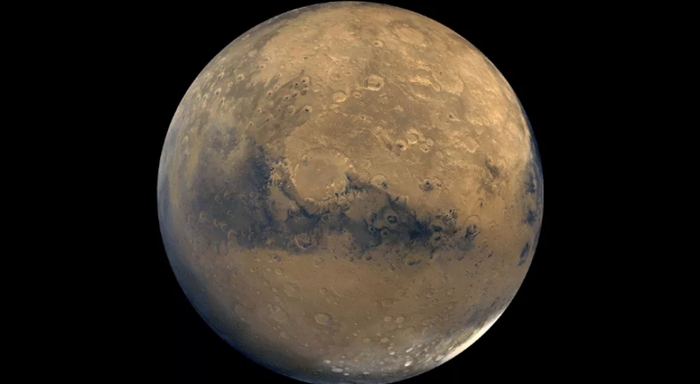Mars could hide oceans of water in its crust, trapped in rocks.
They would be buried at a depth of between 100 and 1,500 meters, rather than being dispersed into space, blown away by the solar wind along with the Martian atmosphere, as hypothesized so far.
This was supported by the study published in the journal Science by researchers from the California Institute of Technology (Caltech), coordinated by Eva Scheller.
"Mars became the arid planet we know now about three billion years ago," Scheller explained.
According to the authors of the study, water would be trapped beneath the Martian surface in the crystalline structures of the rocks of the crust.
“Its quantity - explains Scheller - would correspond to about half the water of the Atlantic Ocean”.
Using data collected by probes in orbit around Mars, Nasa's Maven (Mars Atmosphere and Volatile EvolutioN), and Mars Express, the European Space Agency (ESA), the rovers sent to its surface and the Martian meteorites that rained on Earth, the authors have developed a model of Mars in which they have reconstructed the amount of water lost and that still conserved by the Red Planet throughout its history.
Many studies argue that the Red Planet in the past was not as dry as it is now, but rich in water.
According to the Caltech researchers, some of this water would still be under its crust.
To confirm this hypothesis and have a more precise estimate of how much water would be trapped between the rocks, an important contribution could be made by NASA's Perseverance rover, which landed on Mars on February 18, 2021, which, concludes Scheller, "will explore one of the most ancient of the Martian crust ".








